
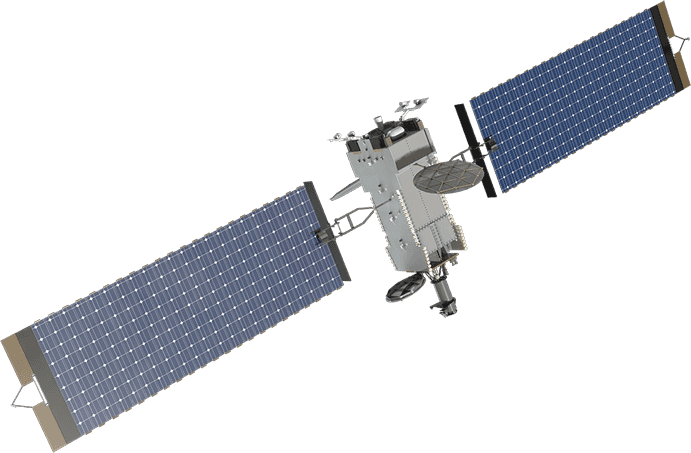





It’s estimated that video streaming accounts for nearly half the world’s internet bandwidth use. People in emerging economies may spend up to 10% of their disposable income securing connectivity — and the need is growing. As more and more countries get connected, the demand for bandwidth grows. That demand is met, in large part, by the commercial communications satellite industry.
While knowledge and information have always played a major role in economic growth and development, in the current data-driven world, consumers demand ever-increasing access to information. Satellite technology advances have brought continued innovations in real-time data to people anywhere at any time. Whereas wireline and wireless lack the ability to leap across continents and oceans, communication satellites often link some of the world’s most remote locations. Similar to the telegraph, telephone and radio before them, communication satellites have transformed humankind’s ability to share information around the globe. At the forefront of the space-based telecommunications revolution is Lockheed Martin’s A2100 satellite platform.

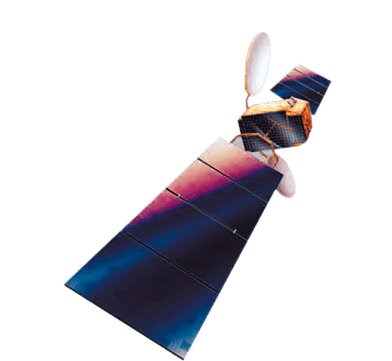

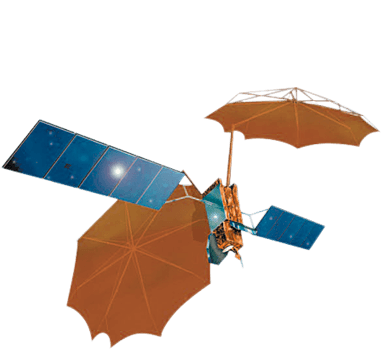
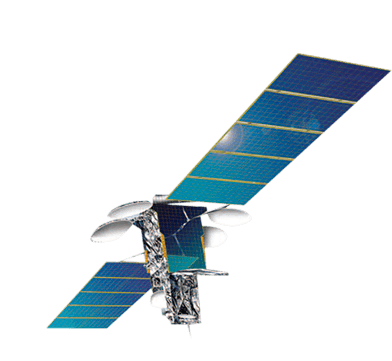
Throughout its history, Lockheed Martin has designed, built and delivered commercial geostationary communications satellites to operators around the globe. The A2100 foundation began with Satcom-1. Launched in 1975, Satcom-1 was the first commercial satellite flown by Lockheed Martin and allowed for groundbreaking transmission of early cable television innovators. In the early 1990s, Lockheed Martin redesigned its commercial spacecraft platform. The result was the A2100, which featured simplified design and increased on-orbit reliability. In 1996, Lockheed Martin flew the first A2100, launched as GE-1.
The satellite has surpassed its 15-year design life by three years to date and is one of 42 commercial communications satellites built in the A2100 series. Since the launch of A2100, the market for new satellites is strong and traditional satellite operators, such as Lockheed Martin, are eager to develop satellites with new capabilities to remain competitive amongst the growing opposition. As the commercial satellite industry is being encouraged to innovate, Lockheed Martin responded with a comprehensive refresh of its A2100 platform — the industry’s most versatile communications satellite.
A major step toward modernizing the A2100 satellite platform was rethinking the launch configuration. In a market increasingly driven by reduced costs, the company introduced a dual launch method that reduces launch cost and affords both satellites equal real estate in the fairing.
Moving beyond the conventional dual launch architecture, Lockheed Martin designed a side-by-side adapter structure. This updated design allows for dual launch without the penalties associated with stacking two satellites. This structural improvement optimizes the mass of the spacecraft to reduce overall launch mass which will allow operators to save on launch costs. Further, launching two satellites at once is an immediate costs savings and allows added flexibility by offering two — or a single — operator different missions aboard the same launch.
An enabler of Lockheed Martin’s innovative side-by-side dual launch configuration is the aerospace company’s use of the proven multi-mission flexible solar array. The scalable, flexible design delivers higher payload power and meets customers’ growing weight-savings interests. A salient benefit of the flexible solar array is allowing the side-by-side spacecraft to accommodate nadir-panel mounted equipment and side-mounted large-aperture antennas. The company is already flying 18 flexible wings that are aboard the International Space Station and the MilStar constellation.







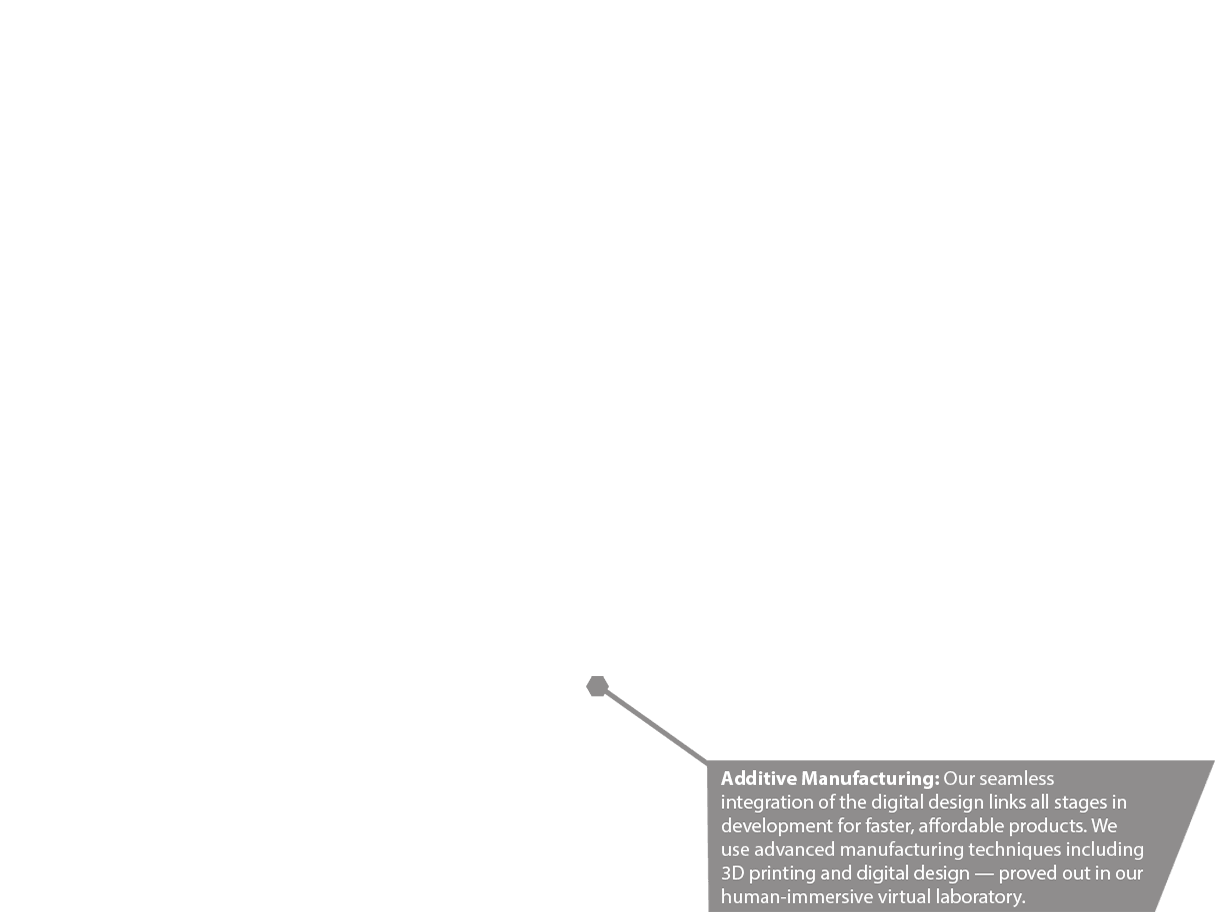
The A2100 benefits from Lockheed Martin’s “digital tapestry,” a virtual production process that encompasses all stages of design and manufacture and speeds and streamlines design, production, final assembly and test.
3D printing technology is revolutionizing manufacturing floors, as it reduces hardware development costs and production cycle times. Lockheed Martin has used 3D-printed parts to test form, fit and function prior to moving forward into full-scale A2100 production. The company is also using 3D printed parts for flight hardware, including the antenna backing structure, which supports the satellite reflector.
An important factor for Lockheed Martin’s 3D printing platform is identifying ways to save money and time through additive manufacturing technologies incorporated into the A2100. Currently, 3D printing offers two major advantages: weight and schedule reduction. A satellite’s mass reduction translates into reduced launch costs for customers — or increased payload capability.

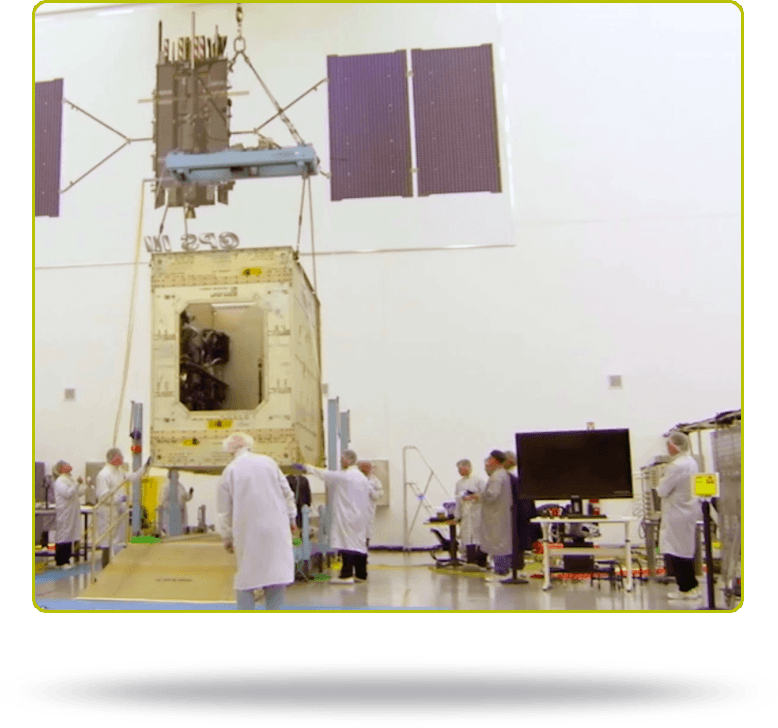
This article contains features that are not compatible with your web browser.
View in a different browser, or view the standard version of the article here.
